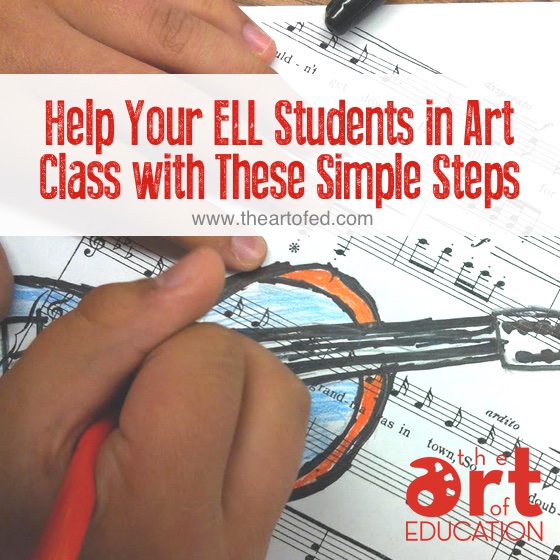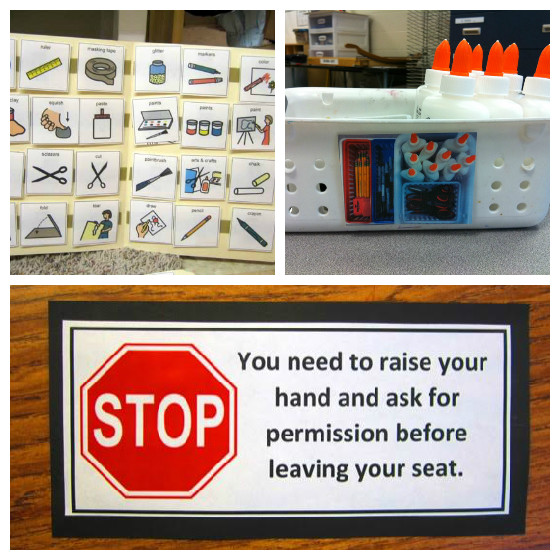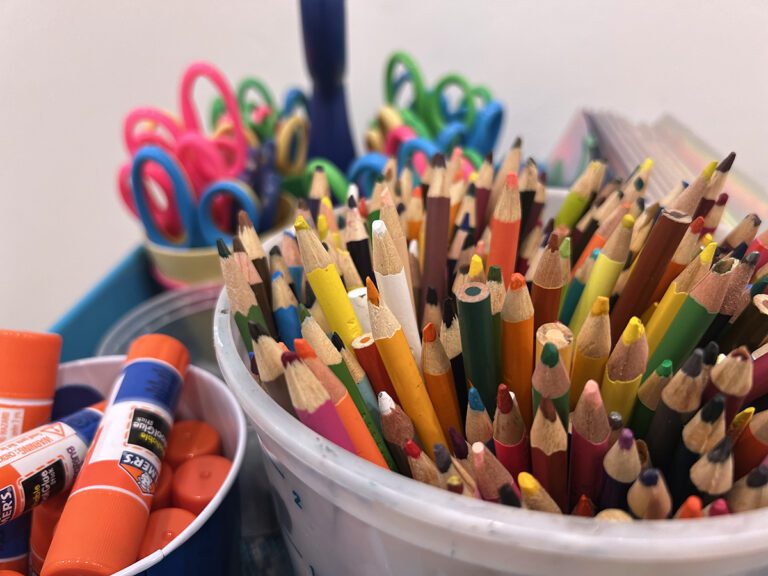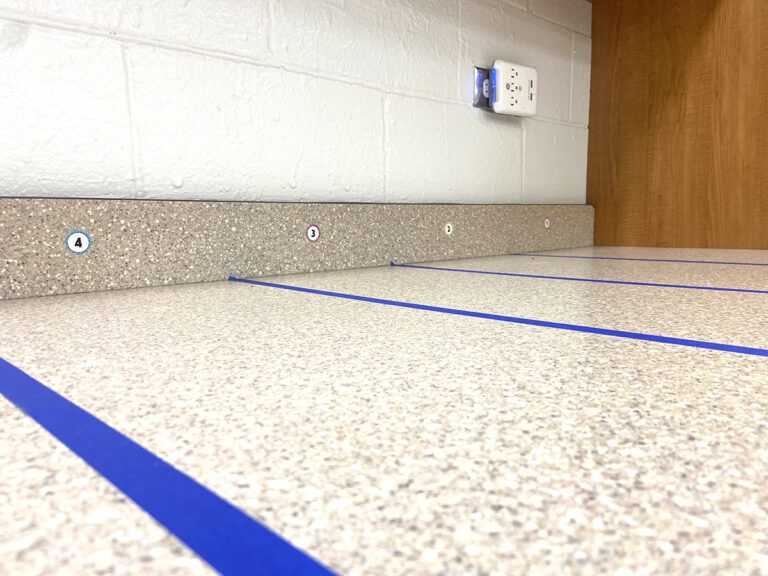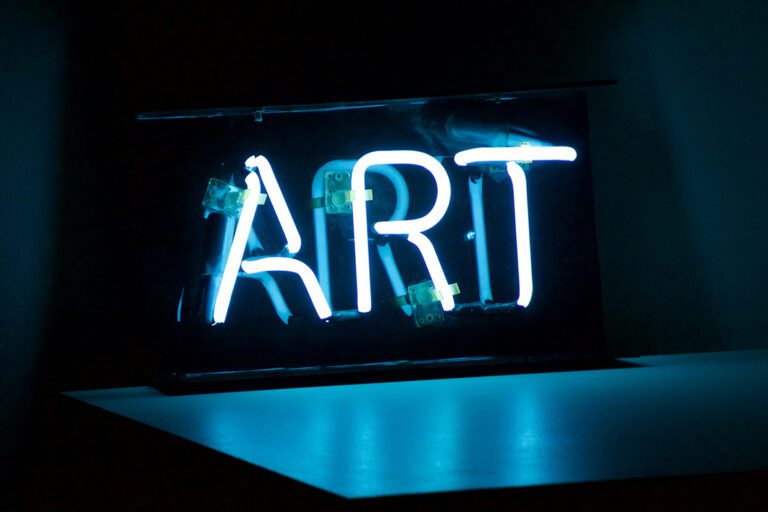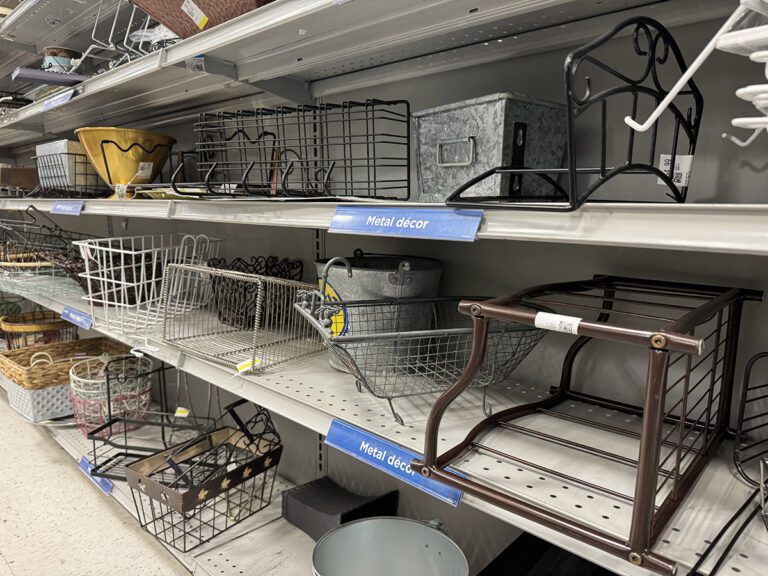I will never forget one of my sweetest 1st grade students. Picture this: It was my first year of teaching art, and my student’s fourth day in the United States. He had art on his very first day at our school. He had cried all day in his classroom because (of course) he hadn’t understood anything. Then, he came into art, and the tears stopped. It was the first day of a new lesson that started with a “follow along with me” procedure. Because art is visual, he was instantly able to connect to and participate in the lesson.
I felt so proud to provide an experience that was successful for him, at least for that day. Of course, it won’t always be ‘easy as pie’ when there are language barriers, but the visual nature of art is a tremendous asset for teaching ELL students in the art room.
Today I’d like to share a few specific strategies we discuss in our Reaching All Artists Through Differentiation class, which are helpful when teaching ELL students in the art room.
We’ll go through some things you may notice when teaching ELL students and how to help.
1. ELL students have a tendency to copy the teacher or another student.
One strategy to help ELL students make their own unique pieces is to keep file folders for each student with photos of things that interest them. If a student is strapped for an idea, simply pull out the folder and have him look through it. For example, let’s say you’re doing an animal portrait project. Showing the student that other students are all working on different favorite animals, then looking through the folder for his favorite animal can be very helpful in showing that the assignment is not narrow, but that there are many solutions.
2. Students don’t always understand the verbal directions you give.
This is where visuals come in handy. Having directions “written” out in pictures is helpful. In addition, and maybe more importantly, having a word wall or labels around the classroom can help ELL students start to connect words to objects. In the elementary setting, these types of signs can be helpful for all students!
Smart Tip – Remember: Talking slower helps. Talking louder doesn’t!
3. Students can become frustrated easily.
Be proactive to minimize frustration. The buddy system is an excellent approach. Seat ELL students with ‘helper’ students at first. The helper should be someone you can trust to not do the art for the student, but simply reiterate directions when needed. Proximity is key. Think: Does your seating chart easily help you give quick verbal and visual prompts to your ELL students?
What do you notice when working with ELL students?
What helpful strategies do you have to share?
Magazine articles and podcasts are opinions of professional education contributors and do not necessarily represent the position of the Art of Education University (AOEU) or its academic offerings. Contributors use terms in the way they are most often talked about in the scope of their educational experiences.
